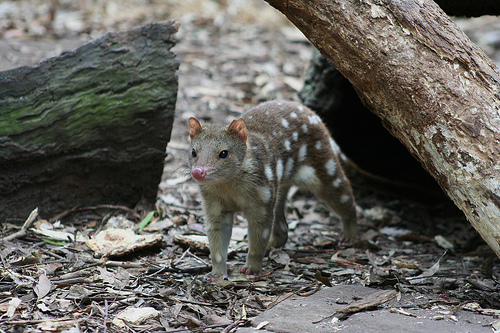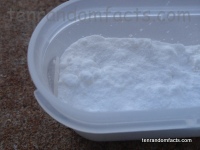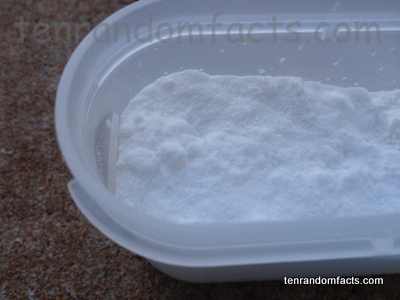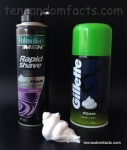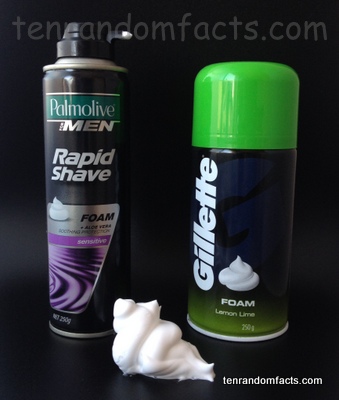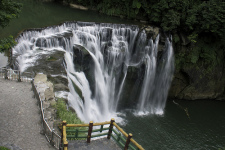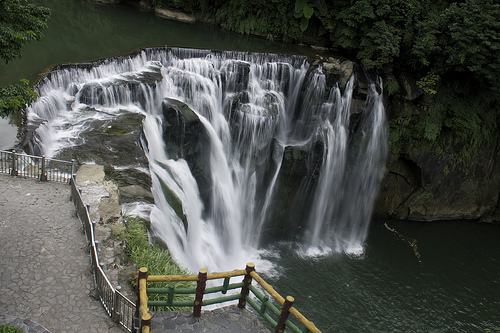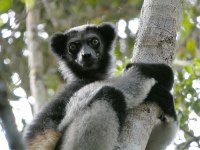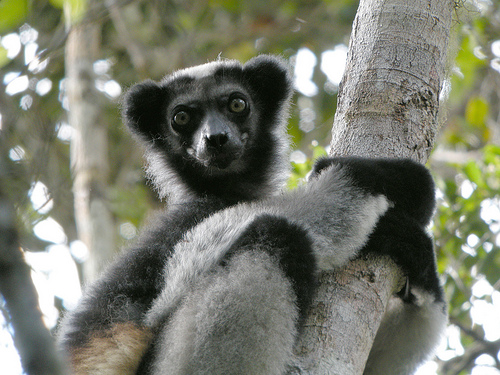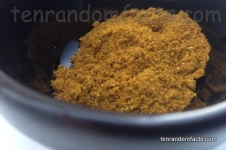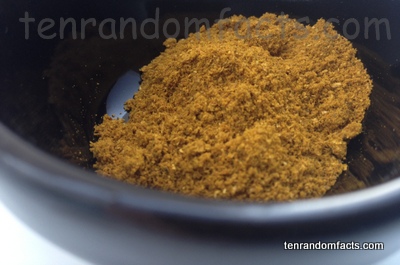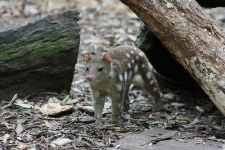
Can you spot the cute and spotty quoll?
- Quolls are six living species of a genus of marsupials, and four are native to Australia, while the remaining two are native to New Guinea, in the Pacific Ocean.
- Quolls have the scientific name Dasyurus and are from the family Dasyuridae, the family of New Guinean and Australian marsupials.
- Quolls typically grow to be 25 to 75 centimetres (10 to 29.5 inches) in length and grow to be 0.3 to 7 kilograms (0.7 to 15 pounds) in weight.
- ‘Quolls’ were named by Australia’s notable European discoverer, Captain James Cook, derived from the native Aboriginal name, but the term only became popular in the 1960s, and were previously known as ‘native cats’ and ‘tiger cats’.
- The diet of quolls typically consists of birds, insects, reptiles, and small mammals, as well as nuts, fruit and other vegetation, and the larger species also eat larger mammals including echidnas and possums.
Quoll
Image courtesy of Joshua Cunningham/Flickr
- Up to thirty quolls can be born to a single mother at one time, although the very young ‘pups’ will die until only six remain, due to the number of teats available.
- Five species of quoll are near threatened, while the sixth is endangered, and numbers are diminishing due to habitat loss; consumption of poisonous bait for pests; and the existence of introduced species of animals in there native habitat, including poisonous cane toads that are eaten, and foxes and feral cats that either hunt or compete against the marsupial.
- Quolls are most active at night time; typically have a life span ranging three to six years; and are preyed on by crocodiles and snakes.
- Quolls have a fur coat coloured black, brown, grey or tan, which is patterned with lightly coloured spots, and they have a long tail and a pointy snout.
- Although they typically live on their own, quolls in a single area usually toilet in the same spot as their fellow species.
Bibliography:
Quoll, 2013, A-Z Animals, http://a-z-animals.com/animals/quoll/
Quoll, 2014, Wikipedia, http://en.wikipedia.org/wiki/Quoll
Department of the Environment and Heritage, Quolls of Australia, n.d, Australian Government, http://www.environment.gov.au/system/files/resources/8ad3915e-57ee-4eb8-afd0-4f6bed036896/files/quolls.pdf





